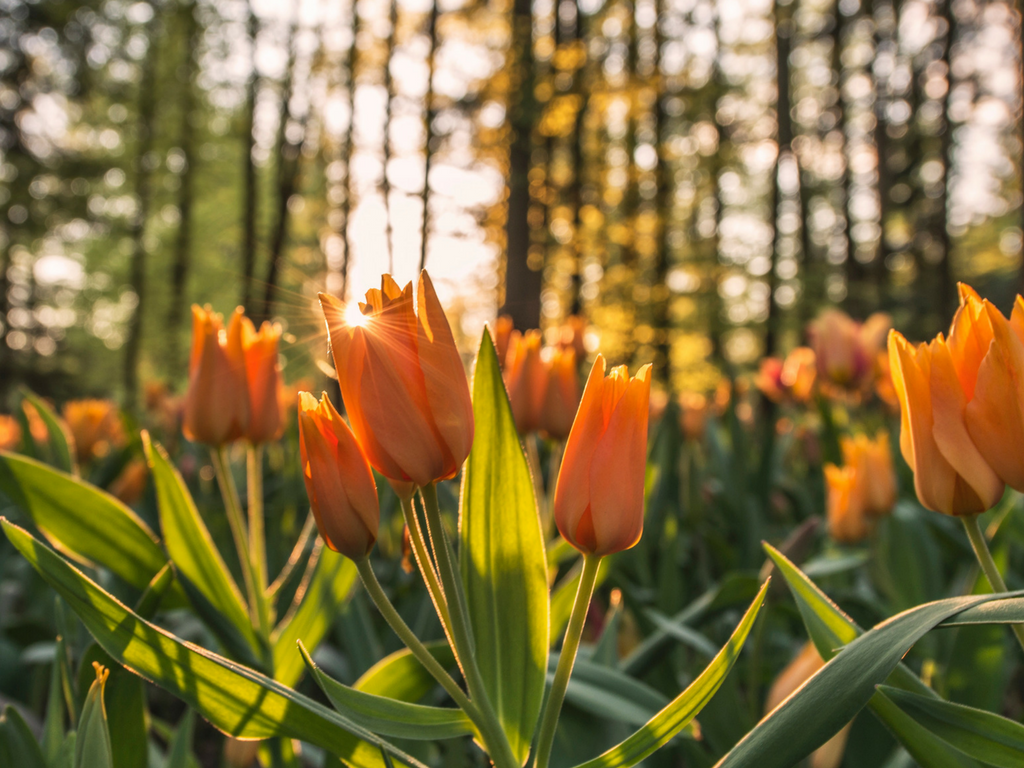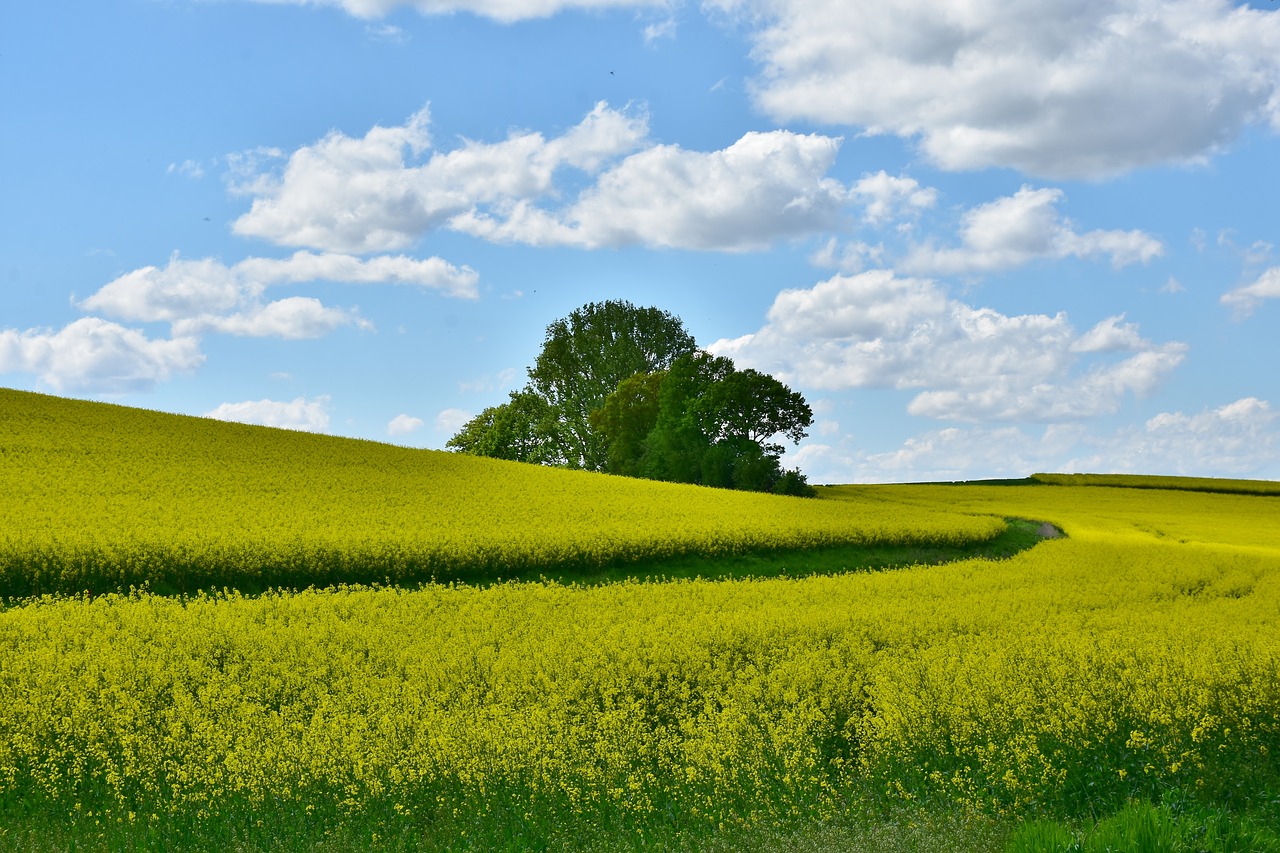Green Funerals
 “Life is a pure flame, and we live by an invisible Sun within us.” ~ Thomas Browne, Author “Life is a pure flame, and we live by an invisible Sun within us.” ~ Thomas Browne, Author
What is a green funeral?
A green funeral is a service that minimizes potential harm to the environment while honoring the one who has passed on.
Until about the mid-1800s, families cared for their deceased loved ones themselves. The family would bathe, dress and place their loved one’s body for viewing in their parlor, where others could visit and pay their respects. The body would be viewed and buried without being embalmed. Wooden caskets were also more popular than today's steel counterparts.
Although relatively few people had ecological concerns about burial prior to the 20th century, a small but growing number of families today are choosing simple, biodegradable burial materials. Products or services described on this page may vary by state/province.
What are the environmental benefits?
 The use of sustainable materials: Thismakes green funerals more eco-friendly because materials like a biodegradable coffin, casket or shroud will break down along with the body, and become part of the soil and/or ocean. No part of these items may contain metal or chemicals. The use of sustainable materials: Thismakes green funerals more eco-friendly because materials like a biodegradable coffin, casket or shroud will break down along with the body, and become part of the soil and/or ocean. No part of these items may contain metal or chemicals.- The absence of embalming: Embalming contains chemicals that preserve the body and keep the body from recycling naturally. These chemicals can be harmful to the ecosystem.
- Less land use: In traditional burial sites, most of the land is used as burial plots. Green burial sites are often transformed into parkland, gardens or wildlife trusts because they look like a natural field or forest.
What are types of green funerals?
Green burial
A green burial happens at a cemetery and/or burial site that permits green burials and involves caskets and shrouds made of non-toxic, biodegradable materials. When something is biodegradable, bacteria and other organisms can easily break it down, and the environment can recycle the remains.
Natural burial
A natural burial is when a body is placed directly into the earth at a green cemetery or permitted burial site. This allows the remains to decompose without chemical interference from embalming or the physical interference of a non-biodegradable casket.
Bio cremation
Bio cremation, also known as alkaline hydrolysis, reduces the body to a fine sand-like powder. However, the body is not burned during the process. Instead, it is submerged and dissolved in a solution of water and potassium hydroxide, which still requires a debatable amount of energy and is only legal in certain states.
Ocean burial
In a direct ocean burial, the full body is placed out to sea usually in a natural burial shroud and is broken down by the ocean. This process can be very expensive and is highly regulated.
Questions to ask
Below are a few questions to ask your local Golden Rule Funeral Director about green funerals:
- How do I find a cemetery that will permit a green burial?
- What kinds of eco-friendly caskets does your funeral home provide for green burials?
- What’s the cost of a green burial compared to a traditional burial plot?
- Who should I contact if I’m interested in an ocean burial?
List of additional resources:
Below is a list of resources to help you learn more about green funerals:
Passages International, Inc. → PassagesInternational.com
Green Burial Council → GreenBurialCouncil.org
Green Cremation → GreenCremation.com
Sea Services → SeaServices.com
Sources
Alternet (“Why Has It Become Standard Practice in the U.S. to Embalm Our Dead?,” July 6, 2010), Green Burial Council (“What is Green Burial?,” n.d.), Green Cremation (“What is Green Cremation?,” n.d.), Sea Services ("Answers to Questions about Direct Full Body Sea Burial,” n.d.), Cremation.com (“Green Cremation,” n.d.)
If you are a Golden Rule Funeral Home and want to give this information in print to families, click here.
[BACK TO PUBLIC RESOURCES]
|


 “Life is a pure flame, and we live by an invisible Sun within us.” ~ Thomas Browne, Author
“Life is a pure flame, and we live by an invisible Sun within us.” ~ Thomas Browne, Author The use of sustainable materials: Thismakes green funerals more eco-friendly because materials like a biodegradable coffin, casket or shroud will break down along with the body, and become part of the soil and/or ocean. No part of these items may contain metal or chemicals.
The use of sustainable materials: Thismakes green funerals more eco-friendly because materials like a biodegradable coffin, casket or shroud will break down along with the body, and become part of the soil and/or ocean. No part of these items may contain metal or chemicals.